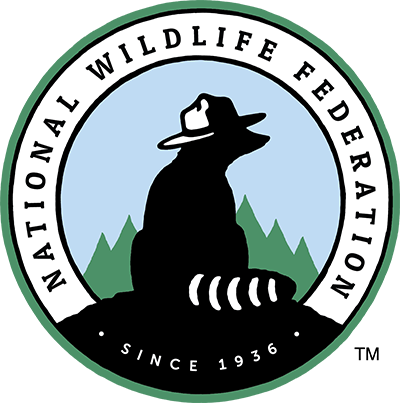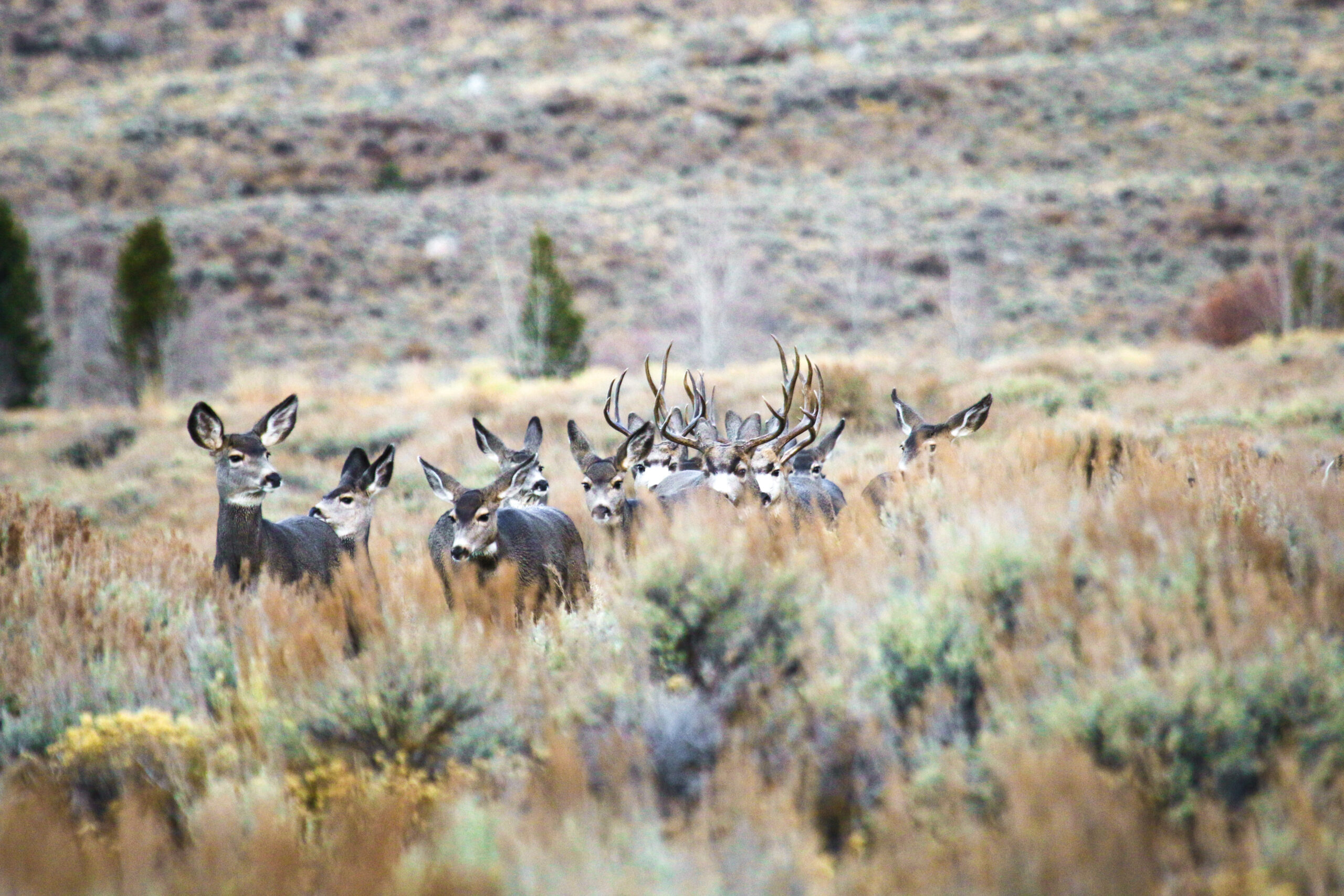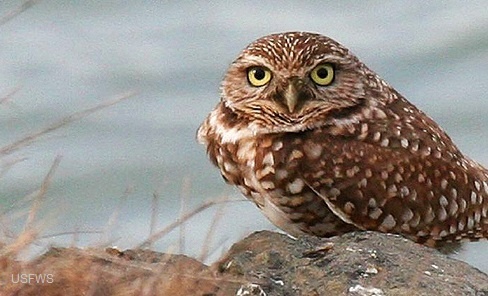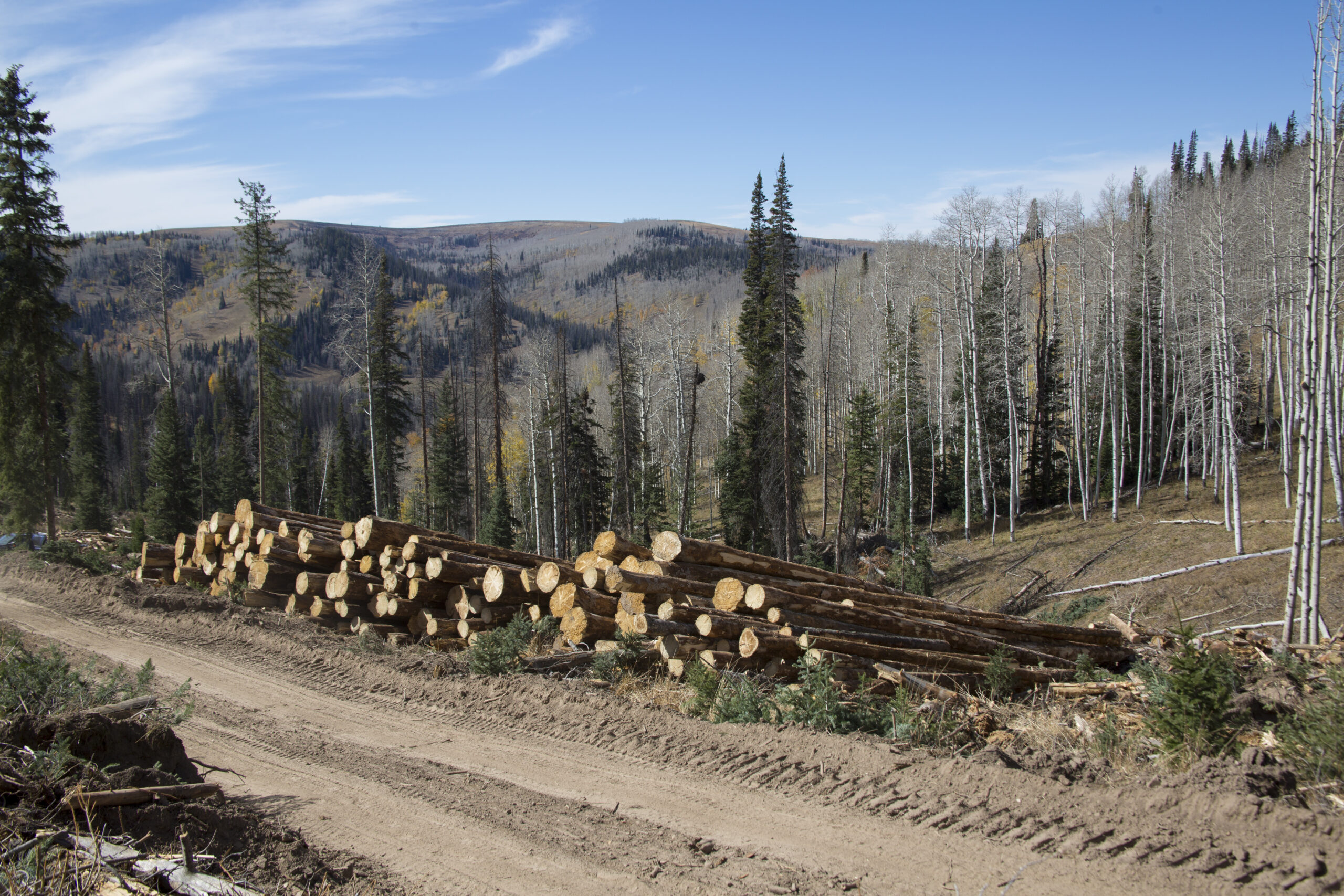Over 500 Million Acres, One Job
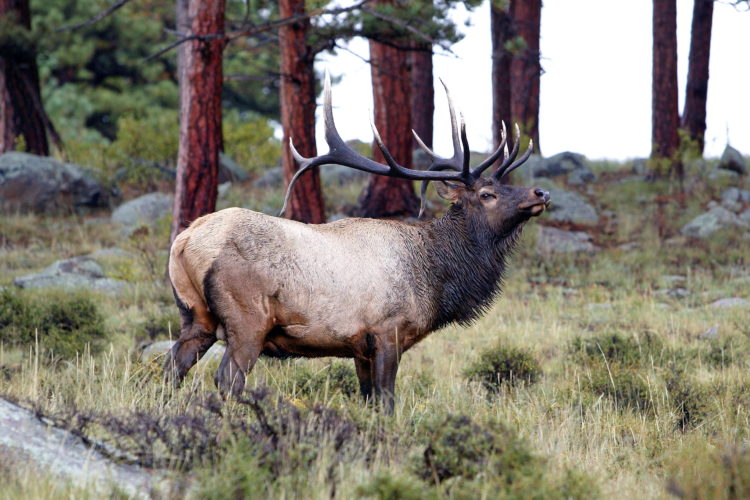
Why does the head of a department sometimes humorously called “The Department of Everything Else” have such an important role? The answer comes down to this: you and I own over 600 million acres of our national public lands. From our national parks to wildlife refuges, from national monuments to grasslands, these public lands belong to every American.
Luckily for us, we don’t have to tend to all these lands ourselves: the federal government manages these lands in trust for all Americans.
The Department of the Interior (DOI) manages roughly 500 million acres through a variety of bureaus: the National Park Service, the Fish and Wildlife Service, the Bureau of Land Management, and the U.S. Geological Survey. Other bureaus in the department include the Bureau of Indian Affairs, the Bureau of Reclamation, and the Bureau of Ocean Energy Management. Thus, the nickname the “Department of Everything Else.” The Secretary of the Interior makes decisions directly affecting wildlife, conservation, recreation, clean air and water, energy development, and the economy.

Elk in Rocky Mountain National Park. Photo by William Wiley
Wildlife Conservation
The lands the Department of the Interior is tasked with conserving and managing are home to all kinds of wildlife, including bison, black bears, salmon, bald eagles, and mule deer, to name just a few. While the U.S. Fish and Wildlife Service is best known for its work to protect and manage wildlife, many other agencies in the DOI are also tasked with wildlife conservation. The various bureaus in the Interior Department are charged with protecting nearly 2,000 endangered or threatened species, giving them essential roles in ensuring the survival of species like the whooping crane, black-footed ferret, Sierra Nevada bighorn sheep, and more.
Recreation
The Department of the Interior also helps maintain the places we play. Recreational opportunities abound across our public lands, and the DOI works to improve access and opportunities for recreation while balancing conservation and other uses for these lands. The outdoor recreation economy is valued around $646 billion, and much of that recreation occurs on our public lands, providing a significant economic boost at the local, state, and national levels.
Balancing Competing Uses
While the National Park Service has a more limited mandate to preserve national park lands and provide “for the enjoyment” of them, other land management agencies within the DOI have broader, more encompassing mandates. Agencies such as the Bureau of Land Management balance many uses: logging, grazing, mining, oil and gas drilling, recreation, wildlife conservation, cultural resource protection, and more. The Bureau of Land Management recently issued a new land-use planning rule that allows for greater public participation in its planning processes.

Zion National Park. Photo courtesy of the National Park Service.
Poll after poll show that millions of Americans cherish and support our public lands. From wildlife conservation to natural resource management, from recreation to energy development, the Department of the Interior is tasked with protecting and managing these lands for current and future generations, and the Secretary of the Interior will make decisions that will significantly influence their future for generations to come.
These are American issues, not partisan ones, and the Secretary of the Interior has the responsibility to protect our treasured natural resources. We expect the Secretary of the Interior to lead the Department in protecting wildlife values, and to commit to keeping public lands in public hands. We expect the Secretary to take bold actions to protect wildlife habitat, and to acknowledge that climate change is impacting wildlife populations. The Secretary of the Interior will be our national leader on conservation and public lands: we expect the next Secretary to heed the millions of American voices speaking up for conservation.
Share your message with the next Secretary.
Source: Public Lands
Originally Posted on NWF.org